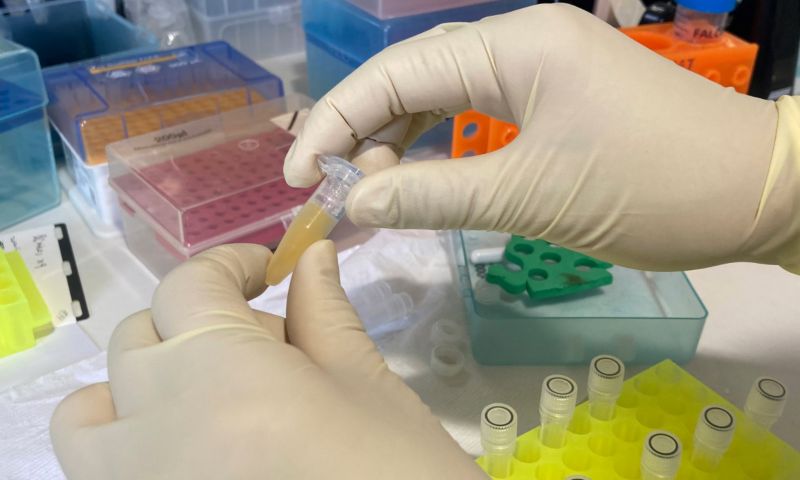How long does the mRNA vaccine that reaches the bloodstream remain there?
The study revealed how mRNA and its fatty nanoparticle shell peaked in the bloodstream within two days after vaccination. In some cases, the mRNA remains detectable for up to a month.
Researchers initially predicted it was the antibodies formed in response to a commonly used vaccine compound, known as polyethylene glycol (PEG), that dictated how long a vaccine stayed in the bloodstream. However, the research team found anti-PEG antibodies were not the only factor impacting this process.
Ju said the breakdown of mRNA in the body was likely also influenced by a complex mix of individual factors.
“The mRNA vaccine in the bloodstream is like a message in a bottle. It’s protected by its shell – the fatty nanoparticles – as it travels, but its fate depends on how the body responds to the bottle, not just the message inside,” Ju said.
“However, we still found that higher levels of mRNA and fatty nanoparticles in the blood were linked to a bigger increase in anti-PEG antibodies, suggesting that some individuals may develop more antibodies to PEG.”
Developing safer and more effective mRNA vaccines
Kent said if people developed high levels of anti-PEG antibodies from mRNA vaccines it may reduce the effectiveness of future mRNA treatments for conditions including cancer, as their bodies would clear the therapeutics more quickly.
“By understanding the biodistribution of these components, we can better inform future vaccine designs to minimise risks. Our study offers valuable insights into improving mRNA vaccines for safer and more effective use,” Kent said.
Researchers could use this information to optimise the fatty nanoparticle formulations to enhance mRNA stability, which could lead to prolonged immune response and reduce the likelihood of rapid clearance from the body. Further research could also help to find a way to prevent vaccines entering the bloodstream.
“By identifying the individual factors that affect mRNA circulation, future vaccines may be tailored to personal characteristics, improving efficacy on a case-by-case basis,” Ju said.
‘Blood distribution of SARS-CoV-2 lipid nanoparticle mRNA vaccine in humans’ is published in ACS Nano (DOI: 10.1021/acsnano.4c11652).
This research was supported by the Australian Research Council, the National Health and Medical Research Council and the Victorian Critical Vaccinees Collection.
Story: Will Wright






